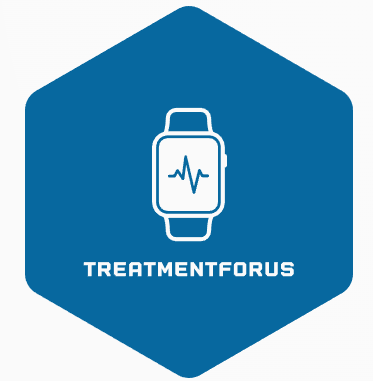Whooping cough, also known as pertussis, is a highly contagious respiratory infection that is most commonly seen in children. It is caused by a bacteria called Bordetella pertussis and is spread through contact with respiratory secretions, such as coughing and sneezing. In this blog post, we will discuss the symptoms of whooping cough in children.
Runny nose: The first symptom of whooping cough in children is often a runny nose, similar to that of a common cold. This may be accompanied by mild fever and a dry cough.
Coughing: After a few days, the cough may become more severe and persistent. It may be dry and hacking or accompanied by phlegm. Children may experience episodes of rapid coughing followed by a deep breath, which creates a characteristic “whooping” sound.
Difficulty breathing: As the disease progresses, children may experience difficulty breathing, especially during coughing episodes. They may also experience shortness of breath, wheezing, and chest tightness.
Vomiting: The forceful coughing associated with whooping cough can lead to vomiting, especially in younger children.
Exhaustion: The symptoms of whooping cough can be exhausting for children, causing them to feel tired and weak.
It is important to note that the symptoms of whooping cough can vary in severity and may be less severe in vaccinated children. However, in unvaccinated children, whooping cough can be a serious illness that can lead to complications such as pneumonia, seizures, and brain damage.
If you suspect that your child may have whooping cough, it is important to seek medical attention immediately. Treatment may include antibiotics, rest, and plenty of fluids. In some cases, hospitalization may be necessary.
The best way to prevent whooping cough is through vaccination. The DTaP vaccine, which protects against diphtheria, tetanus, and pertussis, is recommended for all children. Pregnant women should also receive the Tdap vaccine during each pregnancy to protect their newborns from whooping cough.
In summary, the symptoms of whooping cough in children typically start with a runny nose and dry cough, and progress to severe coughing episodes with a characteristic “whooping” sound, difficulty breathing, vomiting, and exhaustion. Vaccination is the best way to prevent whooping cough, but prompt medical attention is necessary if your child develops symptoms.
